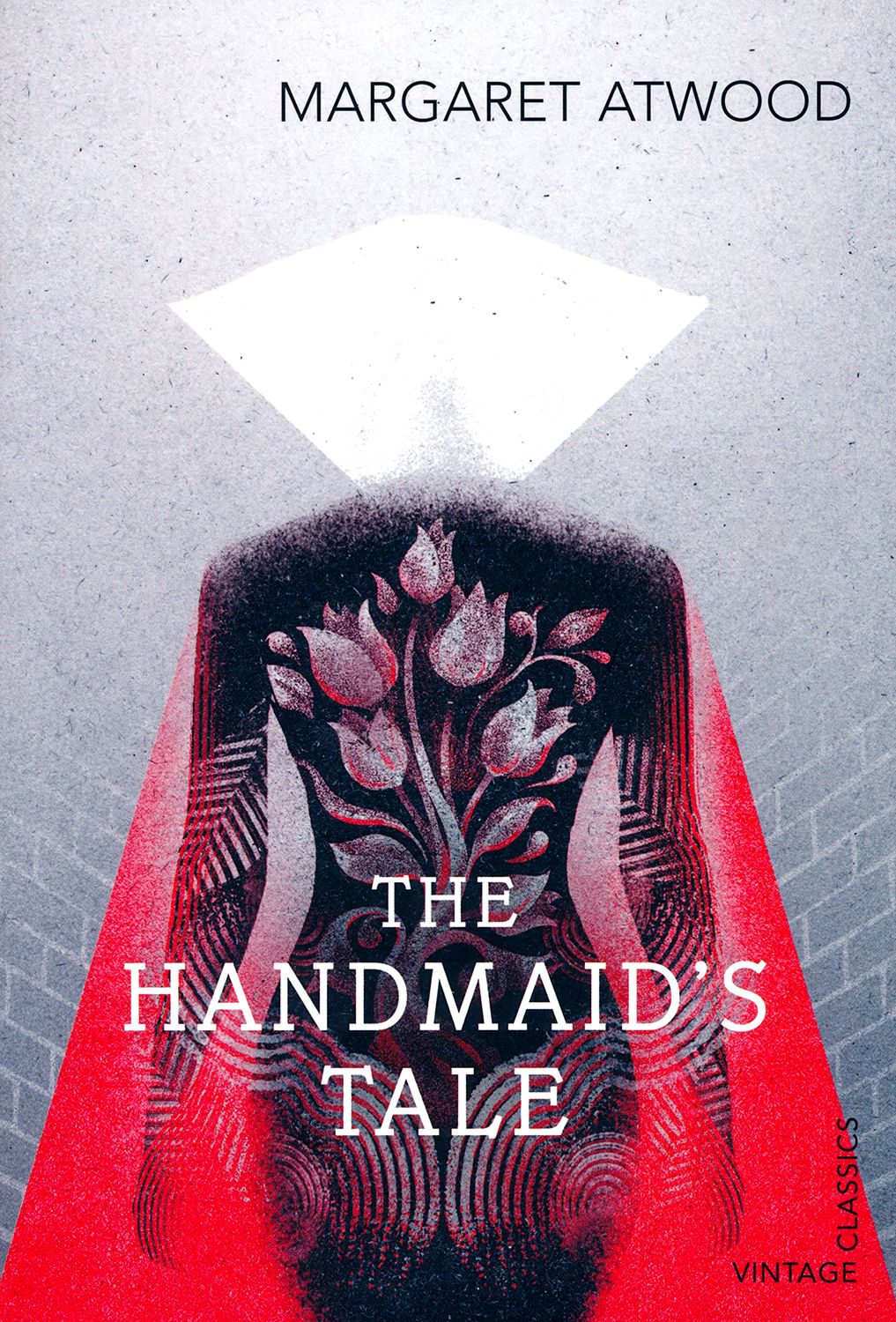
Unlike the TV series, which paints Lydia’s backstory with a more sympathetic retrospective brush, the novel presents Lydia’s trajectory matter-of-factly-even as the woman herself recounts it. What’s striking about Lydia’s story is how Atwood contrasts it against that of her coworker, Anita, who chooses to die rather than join Gilead-a sharp counterpoint to Lydia’s decision. Given the status to which she eventually rises, her choice is obvious. After a few days there, she was given a choice: cooperate or face more punishment. “After an indefinite period and without warning,” Lydia recalls, she was removed from her cell and brought to a luxurious hotel room. Eventually, the shooters themselves included women as well.Īfter seven days, Aunt Lydia was taken after a meeting with a Commander, she was imprisoned for not being pious enough, placed in a solitary confinement arrangement called the “Thank Tank.” She was beaten and left in the dark, with a bucket to store her waste. On several occasions, guards would enter with two rows of women, shooting them all dead before the prisoners’ eyes. Women would be taken out seemingly at random, sometimes at night without a sound. The facilities were foul and unclean, and often intentionally sabotaged by guards. Eventually, their detention settled into a routine: For days, the women would be woken up by a siren at 6 a.m., and fed a meal of bread and water.



The women were seated in bleachers for hours, denied permission to use the bathroom or get up to stretch. There, women were divided by career-legal professionals over here, doctors over there. When the Gileadean revolution began, Aunt Lydia was rounded up with several colleagues and taken to a stadium. (In case this isn’t obvious, one last warning: major spoilers ahead for The Testaments!) But Atwood’s understanding of Aunt Lydia feels more organically complex than the show’s, and the ultimate fate she chooses for the character is a fascinating one Atwood gives her an ending almost as ambiguous as the one Atwood chose for June in The Handmaid’s Tale all those years ago. Given all that, Atwood’s choice to make Aunt Lydia the de facto protagonist of her just-released Handmaid’s Tale sequel, The Testaments, is a risky one. Bruce Miller’s Hulu adaptation of the novel has tried to add nuance to the character, even giving her an emotional backstory-but the show’s efforts can feel contrived as they aim at creating sympathy for a character who hardly seems to deserve it. She is a figure immune to cajoling or deceit she is ruthless.

This post contains spoilers for The Testaments.įew figures in Margaret Atwood’s The Handmaid’s Tale are as purely terrifying as Aunt Lydia, the imperious instructor who indoctrinates handmaids into Gilead’s new world order.


 0 kommentar(er)
0 kommentar(er)
